QuestionMy 5 yr old mare started being head shy about 6 mo. ago, but only intermittently. When she is unsure of what you are coming at her head with, i.e. spray bottle, sponge,clipper, she has started to rear up, recently someone had her in cross ties and she reared and went over backwards. she is ok, but how do I stop the rearing up. I have a good idea just looking for more advice. Thanks you for your time.
AnswerHello Rachel, sounds like your mare needs a refreshing course in halterbreaking. I have been asked this question numerous of times and I hope this helps you.
Your horse has not been properly halterbroke. She has not been taught to give to pressure in all 6 directions, at different amounts of pressure 100% of the time. If she was, he would have no problem standing tied. A horse that is properly halterbroke will never pull against pressure on his halter, even when startled.
I have outlined 2 exercises below that you can use to test your horse. If you answer 'yes' to any of the exercises below, you must re-train your horse to be properly halterbroke.
1. This exercise is designed to tell you whether your horse has been trained to give to pressure on the top of his head. (This is the area that pressure is applied to when a horse is pulling back on the cross-ties). Hold your horse's lead rope about 4 inches from his chin, and apply even pressure straight down (towards the ground). Does she raise her head or pull back at first, or do nothing at all? If yes, she's not properly halterbroke. If no, continue to step 2.
2. This exercise is similar to the one above, but it will also tell you whether or not your horse will give to pressure when he is startled or surprised. Hold your horse's lead rope about 4 inches from her chin, and apply a quick, steady pressure downwards. This pressure should be fairly hard. Does she raise her head or pull back at first, or do nothing at all? If she gives to pressure and lowers her head, continue to step 3.
3. Repeat steps 1 and 2, but with pressure pulling forward on the halter. If she easily gives to the pressure, then continue to step 4.
4. Repeat steps 1 and 2, but with pressure pulling backward (toward the horse's chest) on the halter. If she easily gives to the pressure, then she should be fine to put on the cross-ties.
Repeat these exercises in every direction: left, right, forward, back, up and down. If, at any time your horse becomes uneasy, raises her head, pulls back or rears, you must go back to halterbreaking basics.
In addition to the exercises above, you'll need to "sack-out" your horse. Your horse will need to be consistent with giving to pressure on the halter even when there are distractions. Start in a calm, quiet environment when beginning to teach your horse to give to pressure. Once she is 100% consistent, begin to slowly introduce distractions. The distractions you introduce should challenge your horse's sight and hearing, but should not be so distracting that she no longer listens correctly to your requests on the halter. Try adding a dog in the aisle, or people and other horses walking past you. Ask a friend to stand at a comfortable distance and make strange or loud noises. Never increase the distraction level past your horse's comfort zone. Wait until she is 100% comfortable with the current level of distraction before you increase the distractions. Soon, you'll have a horse who gives to pressure on the halter 100% consistently even when she is in a very distracting environment.
Good luck to you Rachel!

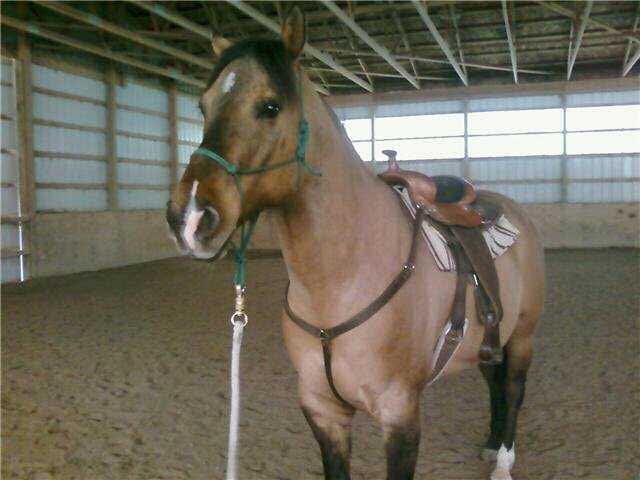 Scared Horse
Question
My horse
I have been working consistent
Scared Horse
Question
My horse
I have been working consistent
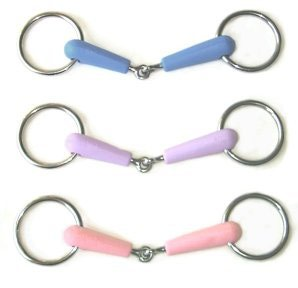 plastic bits - light in horse mouth
Question
apple mouth bits
hello maam, are plasti
plastic bits - light in horse mouth
Question
apple mouth bits
hello maam, are plasti
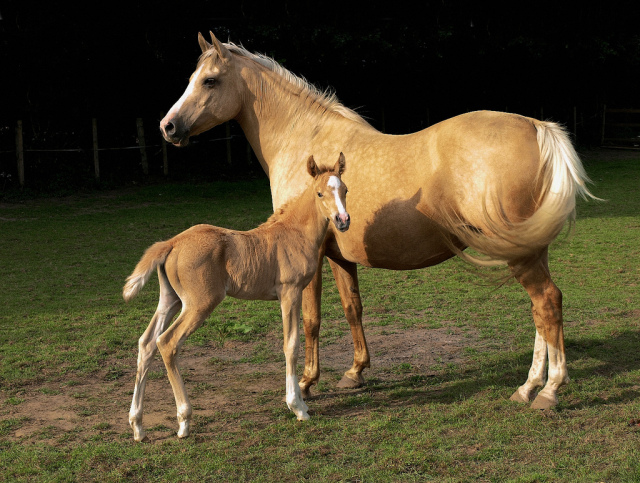 horse legs never grow
Question
horse legs never grow
hello, my dad always say
horse legs never grow
Question
horse legs never grow
hello, my dad always say
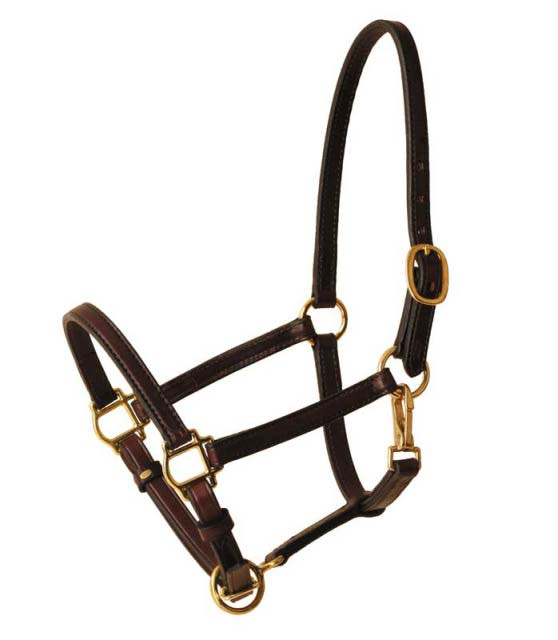 halter
Questionhalter
QUESTION: hello sir, may i know w
halter
Questionhalter
QUESTION: hello sir, may i know w
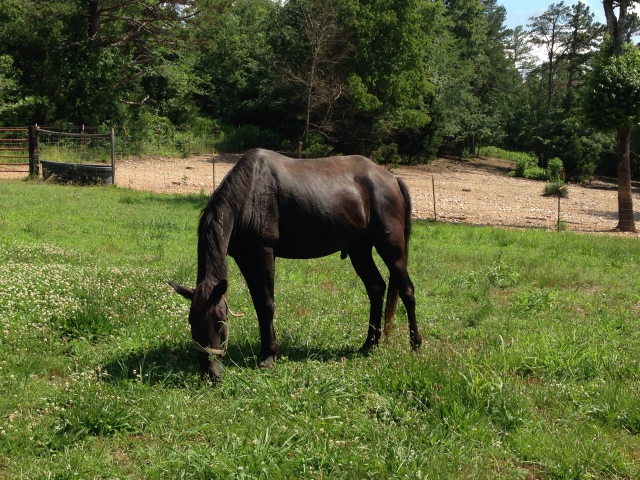 My Horse acts like a completely different horse when I let him out of his pasture/pen.
Question
My baby
I have a 20 year old fully brok
My Horse acts like a completely different horse when I let him out of his pasture/pen.
Question
My baby
I have a 20 year old fully brok